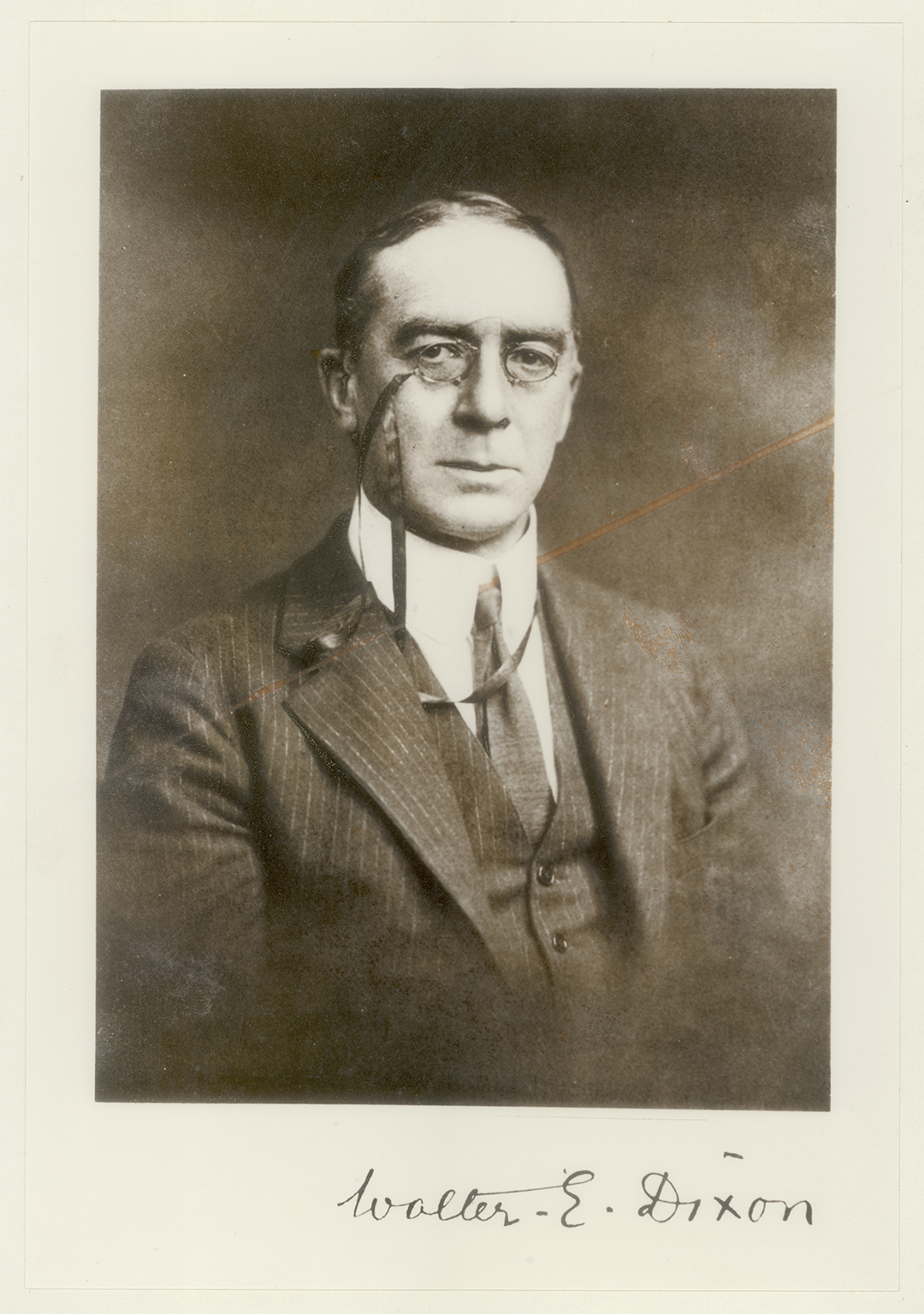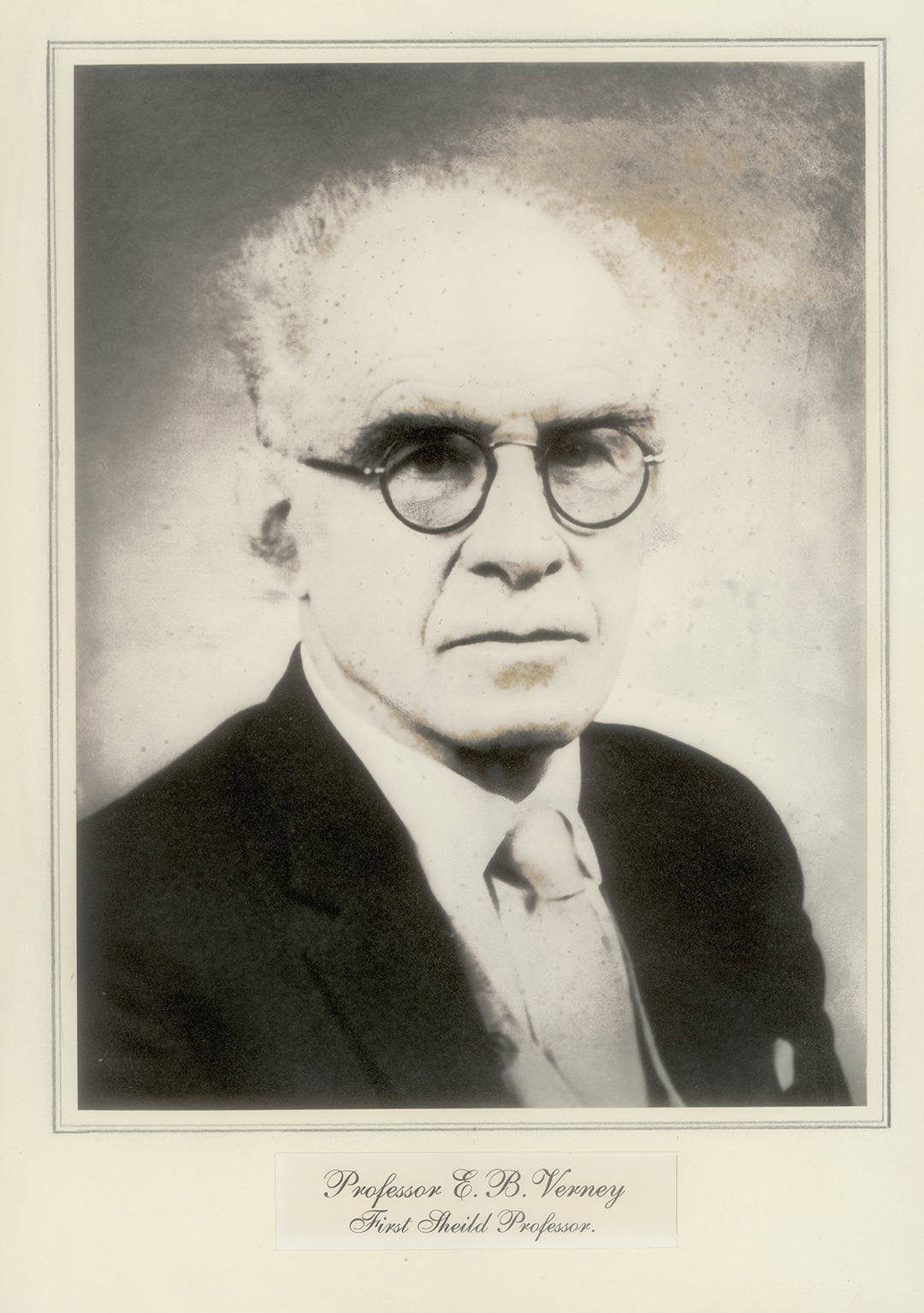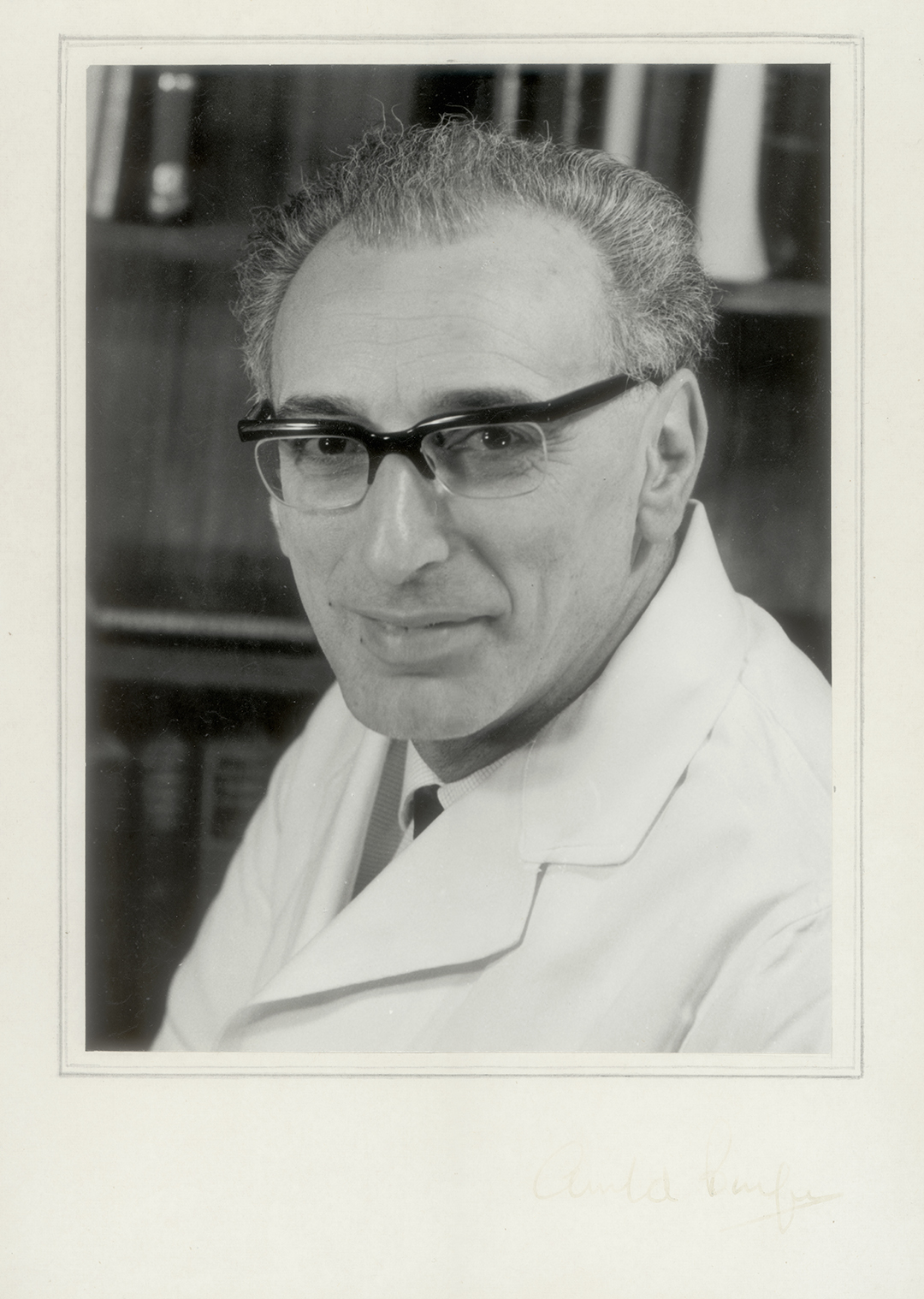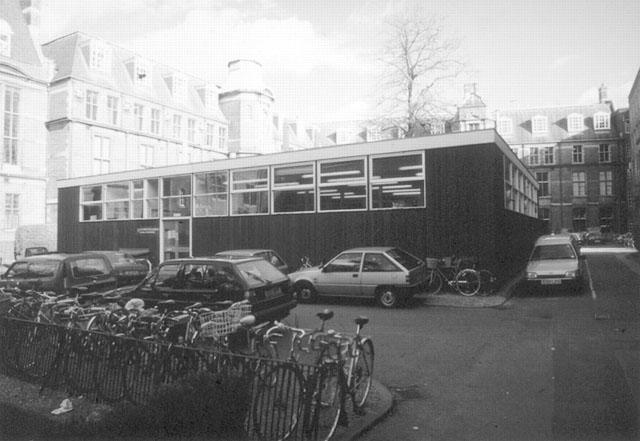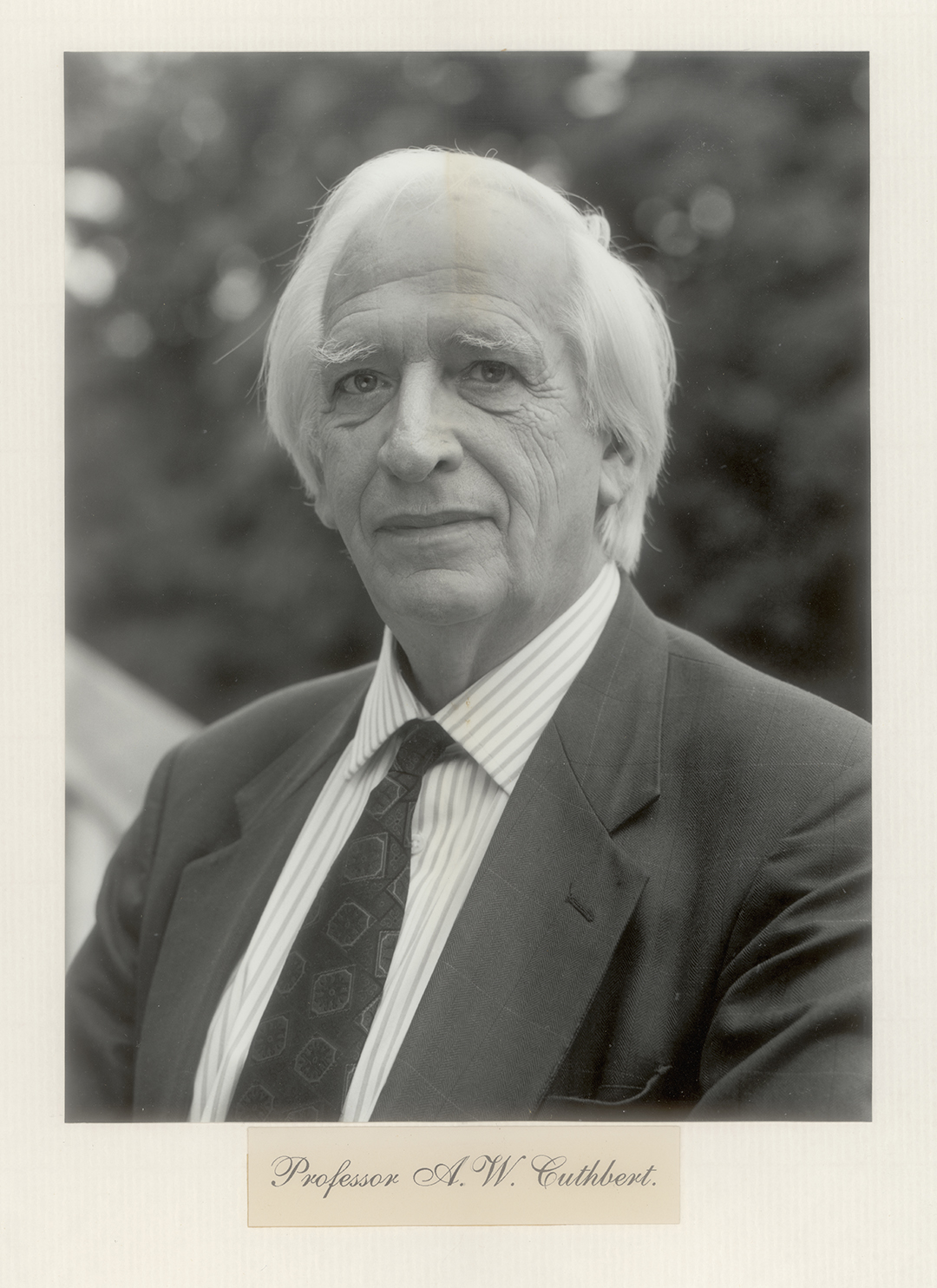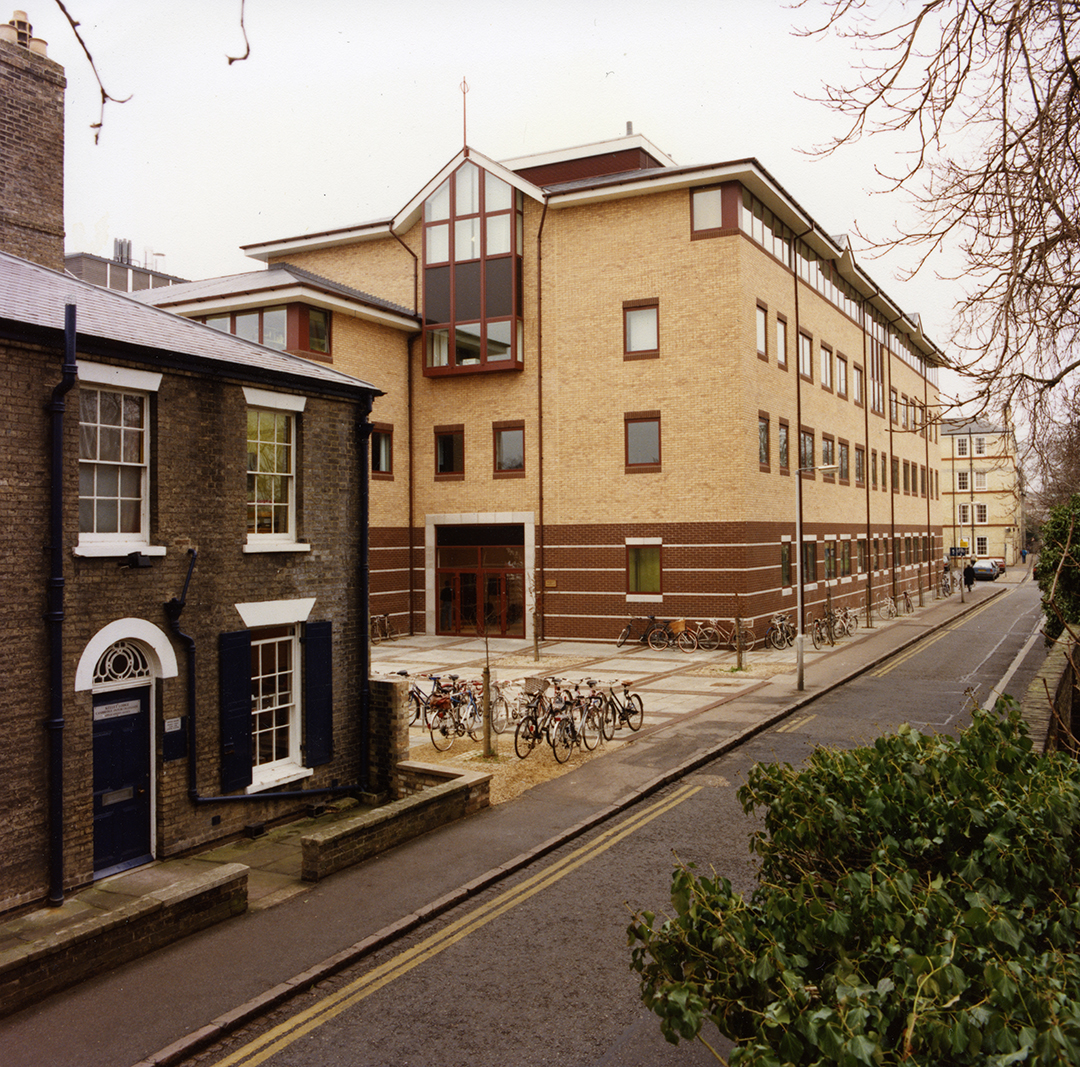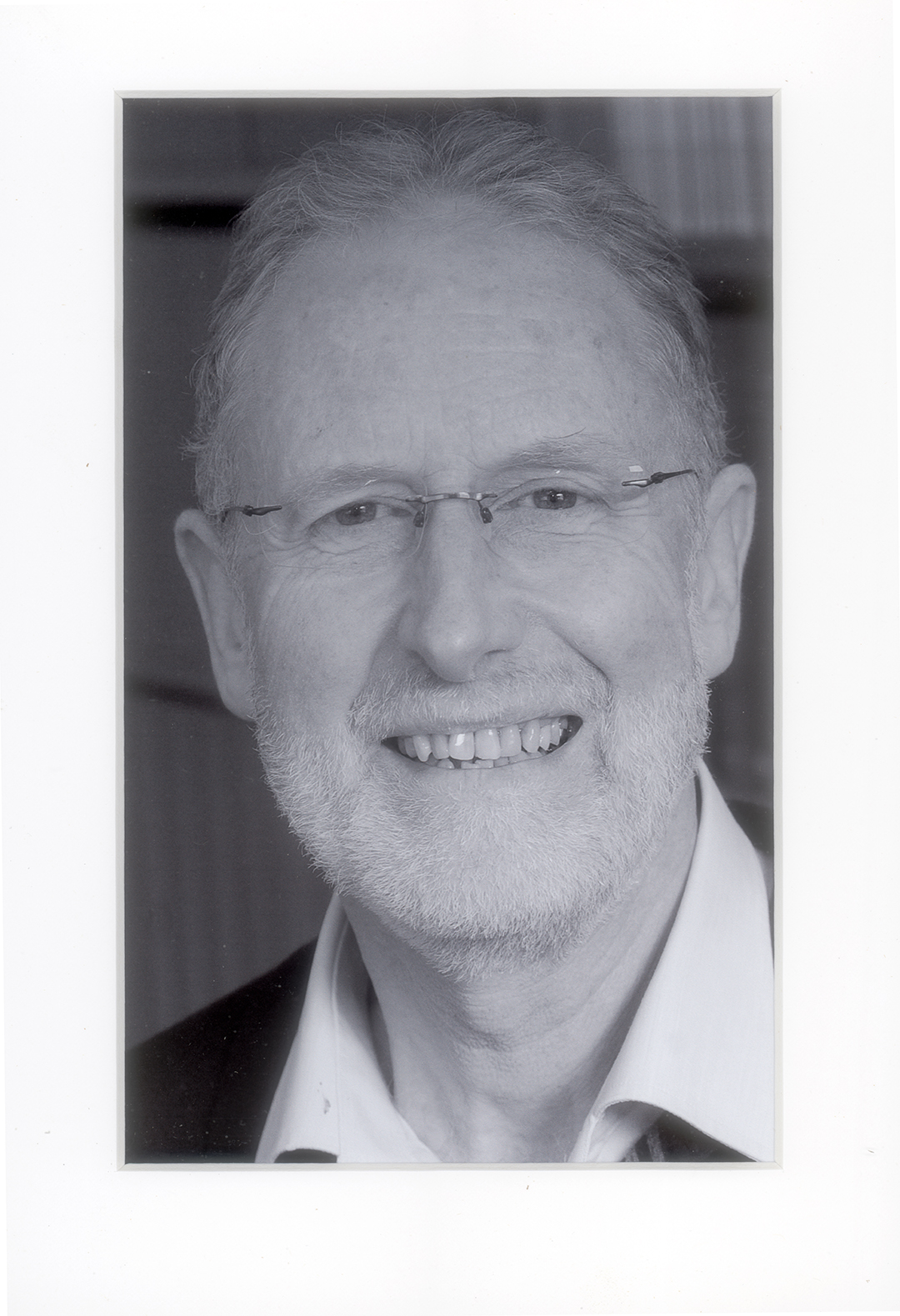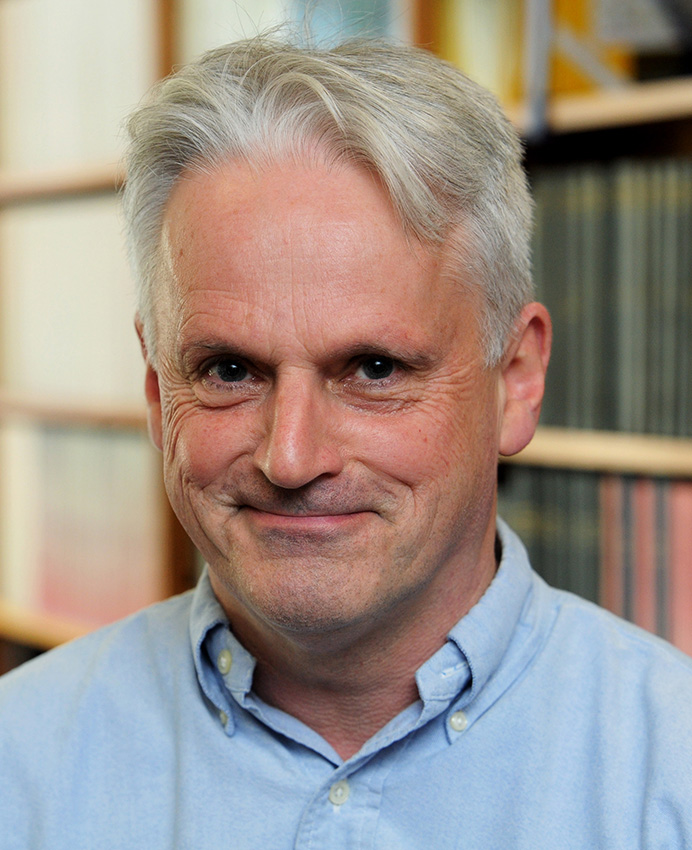Work in progress
This page is still being finalised, the information presented here may change over time.
Our Department has been at the forefront of pharmacological research for over 75 years. We have compiled a brief history below.
Walter Ernest Dixon
The origins of our Department can be traced back to Walter Ernest Dixon. He joined Cambridge University during his studies in Public Health, where he would receive a diploma from the University. He would be appointed as an assistant to
the Downing Professor of Medicine and move into various assistant and demonstratorship positions at Downing College and St. Thomas Hospital following his graduation. This would culminate with the University appointing Dixon as a Lecturer in Pharmacology in 1902, followed by an appointment as Reader in Pharmacology in 1919.
There was no pharmacology department in England throughout his time in research and at the University. The first Chairs in Pharmacology would be established late in his career – the first Chair founded in 1917, at Oxford University. This lack of recognition for his discipline seemed to have driven his interest in pharmacology, with a particular interest in the effects of drugs on nerves and nerve endings and their selectivity for sensory nerves. Notable investigations he undertook include investigating the role of signalling protein secretion from neurons and an investigation of the role of pituitrin in inducing labour.
Beyond research, he was deeply involved with the Committee of the League of Nations on Drug Addiction, the British Medical Association, and the Royal Medical Society. Most importantly, he would play a pivotal role in the founding of the British Pharmacological Society on the 3rd of July 1931, by helping to gather 20 pharmacologists together and creating a regular meeting of these pharmacologists.
He would pass in 1931, with his various accomplishments in pharmacology paving the way for the University to appoint his successor, Ernest Basil Verney.
A memoir can be found here: https://www.ncbi.nlm.nih.gov/pmc/articles/PMC1572881/
Ernest Basil Verney
Verney succeeded Dixon in 1934 as the new Reader in Pharmacology. Under his tenure, the University officially founded the Department with the creation of the Chair of Pharmacology on the 7th of June 1946, via the creation of the Marmaduke Sheild Professorship. Verney would be appointed to this role in 1946.
The Marmaduke Sheild Professorship derives its name from Arthur Marmaduke Sheild, a surgeon who donated a portion of his will to the University following his death in 1922. This donation would be used to fund various Readership roles at the University, along with a separate Marmaduke Sheild medical scholarship. The University would use Marmaduke Sheild’s name for the new pharmacology professorship in his honour.
During this period, the fledgling Department was based in the Physiology building. In this arrangement, the Department was operating as a ‘sub-department’ of Physiology. Space was cramped, with only a few rooms available. What little room they had were shared between research and practical teaching classes, which quickly became untenable for the new Department. This marked the start of a decades-long effort by Verney and his successors to secure dedicated facilities for Pharmacology.
Verney would be succeeded by Arnold Burgen following his retirement in 1961.
An extensive memoir can be read here: https://royalsocietypublishing.org/doi/pdf/10.1098/rsbm.1970.0022
Arnold Stanley Vincent Burgen
Following Verney’s retirement in 1961, the University re-established the Sheild Professorship Chair as a permanent position. From this point on, the Pharmacology Department would be a constant fixture of the School of Biological Science. Burgen would be appointed Sheild Chair in 1962.
Physical space remained a major challenge for Burgen during his time as Sheild Professor. The fledgling department remained located in the Physiology building, prompting Burgen and his staff to meet with Sir Henry Dale, a Wellcome Trust representative. This meeting would prove fruitful, with Burgen successfully securing funding to build the first purpose-built site for the department.
The Wellcome Trust-funded building was constructed out of wood and situated in front of the Department of Botany (now Plant Science), Downing site. This would be named the ‘Dixon Building,’ doubling the research space available to the department. The building finished construction in 1965. However, a substantial portion of the building would provide teaching space for students – a similar arrangement as the old Physiology location.
Burgen would depart the role in 1971, being succeeded by Gustav Borne.
Gustav Victor Rudolf Born
Born was appointed as Sheild Professor in 1973. He would vacate the role in 1976, taking up an offer by King’s College London as a Chair of Pharmacology.
His memoir can be read here: https://royalsocietypublishing.org/doi/10.1098/rsbm.2019.0026
Alan William Cuthbert
Cuthbert was a Reader in Pharmacology at the Department from 1973 to 1979. In 1979, he was appointed to the Sheild Professorship position and became Head of the Department.
This period would be host to a major concerted effort to permanently solve the overcrowding issue facing the Department. To highlight this issue, Vice-Chancellor Professor Jack Linnett was invited to visit the Department during an especially busy period of teaching, leaving an impression strong enough for the University to step in. Their solution was to split the teaching and research duties to different locations – research laboratories were placed at Hill’s Road, near the New Addenbrooke site, while teaching space was located in the former Department of Metallurgy laboratories. The Department would remain under this arrangement from the 1970s – 1989.
This split gave the Department some much-needed space but was not ideal due to the large distances between the two locations – the research facilities were three miles away from the centre of Cambridge, for example. This forced staff and students to travel between two distant locations, which was disruptive and exhausting department members. However, an opportunity would arise for the department to move to Old Addenbrooke’s Site, a location with adequate space to host both research and teaching labs on one site.
Moving to the Old Addenbrooke’s Site was initiated when Cuthbert and the department were informed that a research organization was looking to transfer to the New Addenbrooke’s Site. The department would sell the New Addenbrooke’s research labs to this organization, raising £3 million, in addition to a £1 million loan from the University to help finance the construction of a new building at Old Addenbrooke’s Site. To further offset costs and to increase income for the Department, Cuthbert, and the Department looked to rent out one of the floors in the new building to an industry organization. This offer would be taken up by Glaxo’s Institute for Applied Pharmacy, headed by Pat Humphrey. Glaxo would then rent out the 2nd floor from 1990 – 2009 for a total of £5 million in rent.
Construction of the Old Addenbrooke’s Site building would be completed by 1989, with the Department moving in during the same year. The rent from the ‘Glaxo wing’ would be used to build the tearoom, now the Café, on the 4th floor, along with funding regular building maintenance, equipment purchases, and paying off debt owed by the Department.
Alan Cuthbert would retire in 1999, succeeded by Peter McNaughton.
His memoir can be read here: https://royalsocietypublishing.org/doi/10.1098/rsbm.2019.0036
Peter McNaughton
After Alan Cuthbert's retirement, Peter McNaughton would join the Department as Sheild Professor and Head of Department in 1999. He was an external appointment, moving from London to Cambridge to accept the role.
Soon after McNaughton arrived, the Glaxo Institute for Applied Pharmacy would vacate the 2nd floor. The vacant space would be rented out to Cambridge Biotechnology Ltd, a new spin-out company headed by Peter Richardson. Cambridge Biotechnology Ltd This spin-out company occupied the 2nd floor for several years, raising a large amount of funding for the Department. These funds would be used to support Department functions, including purchasing new equipment, funding staff positions, and maintaining the building. Following the buyout of the spin-out company, the 2nd floor would be passed over to Department research groups.
This period would see the merger of Physiology, Zoology, and Anatomy into the modern PDN Department. This was an effort to pool resources, staff, and opportunities to increase the competitiveness of and modernise all three departments. McNaughton considered a similar merger, alongside the Biochemistry and Genetics Heads of Department, which was framed as a way to effectively build collaborations across these disciplines alongside the benefits of pooling resources together. However, this proposal did not go through and would be shelved following the resignation of the Head of Genetics.
During this time, a research group at the Department made a significant breakthrough in identifying the HCN2 ion channel as a key part of the sensation of inflammatory and neuropathic pain, which can be read at the following link: https://www.science.org/doi/10.1126/science.1206243. Following this discovery, the Wellcome Trust awarded £4.5 million drug development grant which would lead to a further publication published and the awarding of three different patents based on this work (WO 2022/185055; WO 2022/185057; WO 2022/185058). This discovery has laid the groundwork for the next generation of chronic pain management drugs, based on the inhibition of the HCN2 ion channel.
McNaughton would depart from the Department in October 2013, moving to King’s College London. He would be succeeded by Mike Edwardson.
Mike Edwardson
Just before Mike Edwardson’s time leading the Department, the Sheild Professorship and Head of Department roles were split into separate positions, following a university-wide initiative to streamline department administration. Edwardson was appointed Head of Department in 2013, followed by an appointment to the Sheild Professorship in 2017.
This period saw the start of a gradual change in attitudes throughout the School of Biological Sciences, particularly towards inter-departmental and industrial collaborations. A major milestone in this shift was the creation of the ‘Research Themes’ initiative at the school level. These themes were designed to partially overlap and provide integration throughout the School’s Departments and their research goals. The six themes, and our department representatives, are:
- Molecules and Cells
- Professor Graham Ladds
- Dr Catherine Lindon
- Infection and Immunity
- Neuroscience, Psychology and Behaviour
- Professor Ewan St. John Smith
- Functional and Evolutionary Genomics
- Reproduction, Development and Lifelong Health
- Dr Walid Khaled
- Dr Delphine Larrieu
- Organisms, Evolution and Ecology
During his tenure, Edwardson oversaw MRC Toxicology’s migration from Leicester to Cambridge to facilitate Toxicology’s external collaborations as part of the School’s wider Research Vision objectives. Talks started in 2015, culminating in MRC Toxicology’s transfer to the Old Addenbrooke’s Site in 2020. The move involved major renovations to the Department building, including the refurbishment of the lecture theatre to provide a large seminar room, the construction of the new café, and the creation of the Level 3 shared administration space.
During Edwardson’s tenure, the Department established new external partnerships, particularly through collaborations with the pharmaceutical industry. A significant milestone was the establishment of an AstraZeneca-funded graduate studentship scheme. Under this arrangement, students would have a Pharmacology supervisor and an AstraZeneca co-supervisor for a four-year research project. This partnership was very successful, producing a wealth of fruitful collaborations between the two institutions.
Edwardson stepped down as Head of Department in 2020 and vacated the Sheild Professorship at his retirement in 2022. He was succeeded by Professor Laura Itzhaki as Head of Department, and Professor Mark Howarth as Sheild Professor of Pharmacology.

